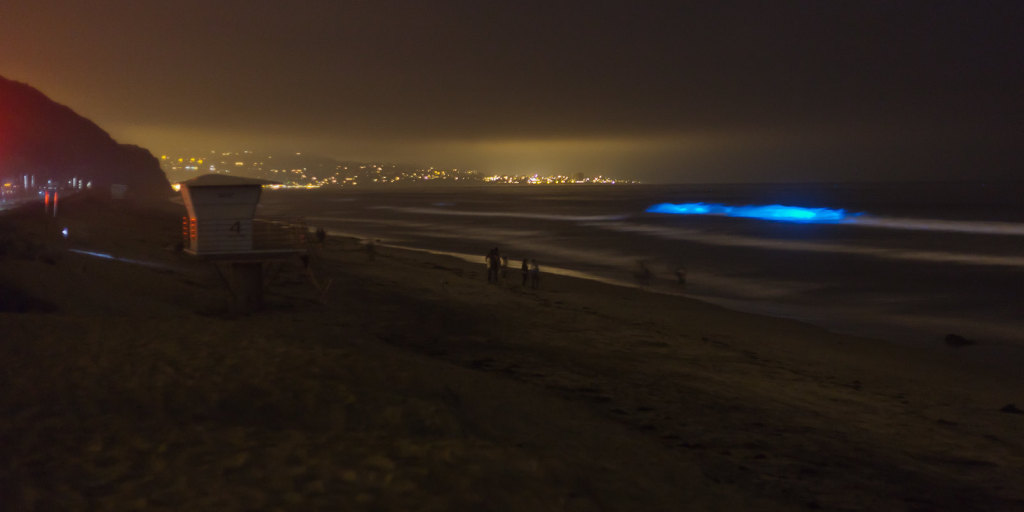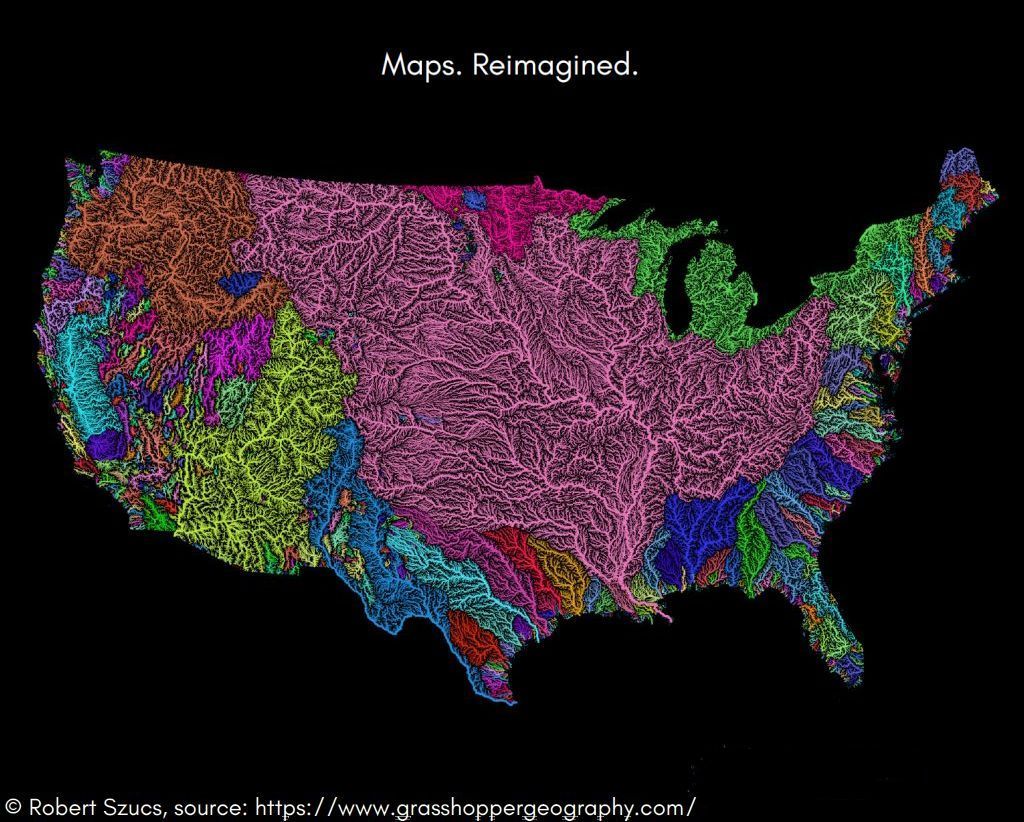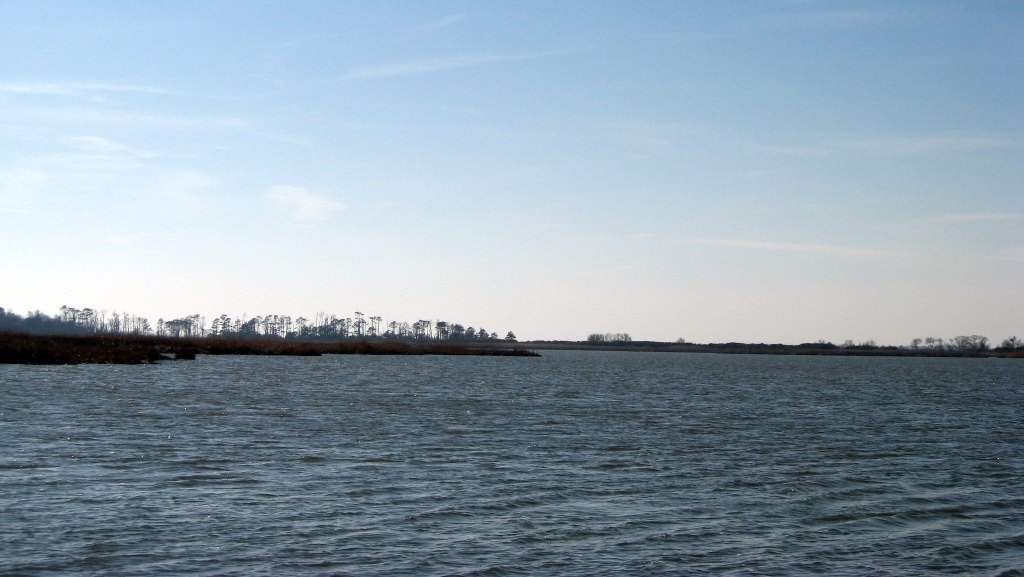
10 March 2023
Egrets and herons are known for standing completely still and waiting for a fish or frog to swim toward them until they stab and grab it from the water.
Reddish egrets (Egretta rufescens) seem manic by comparison, “dancing” so much that they look crazy. Their hunting techniques include:
- Foot wiggle
- Umbrella wings
- Stab the water
- Prance and dance
- Hover-fly with dragging legs
Watch for these antics below.
This immature bird’s umbrella wings look like a victory pose:
Reddish Egret pic.twitter.com/x00apXsbXx
— Michael Fogleman (@FogleBird) July 15, 2022
There is one notable moment when a reddish egret will stand around. According to Birds of the World, during Pair Formation in the breeding season (April) the “Male takes up position atop mangrove canopy or on low-growing vegetation and “stands around” in Upright Display position.” He’s waiting to win a mate.
If you want to see a reddish egret visit a coast highlighted on the map below. This bird only fishes in shallow saltwater.

Despite its large range the reddish egret occupies a restricted habitat and is patchily distributed. It is listed as Near Threatened.
(photo and map from Wikimedia Commons, videos embedded from American Bird Conservancy and @wideangl on YouTube, tweet embedded from Twitter)






































